Wednesday – Friday 12 – 6 pm
Saturday 12 – 4 pm and by appointment
Finnegan Shannon (b. 1989, Berkeley, CA) is an artist experimenting with forms of access. They intervene in ableist structures with humor, earnestness, and rage. Some of their recent work includes Alt Text as Poetry, a collaboration with Bojana Coklyat that explores the expressive potential of image description; Do You Want Us Here or Not, a series of benches and cushions designed for exhibition spaces; and Don’t mind if I do, a conveyor-belt-centered exhibition that prioritizes rest and play. They have done projects with MUDAM Luxembourg, the Queens Museum, moCa Cleveland, the High Line, MMK Frankfurt, MCA Denver, and Nook Gallery. Their work has been supported by a Wynn Newhouse Award, an Eyebeam fellowship, a Disability Futures Fellowship, and grants from Art Matters Foundation, Canada Council for the Arts, and the Disability Visibility Project. Their work has been written about in Art in America, BOMB Magazine, the Believer, and Out Magazine. They live and work in Brooklyn, NY.
-
Finnegan Shannon (b. 1989, Berkeley, CA) is an artist experimenting with forms of access. They intervene in ableist structures with humor, earnestness, and rage. Some of their recent work includes Alt Text as Poetry, a collaboration with Bojana Coklyat that explores the expressive potential of image description; Do You Want Us Here or Not, a series of benches and cushions designed for exhibition spaces; and Don’t mind if I do, a conveyor-belt-centered exhibition that prioritizes rest and play. They have done projects with MUDAM Luxembourg, the Queens Museum, moCa Cleveland, the High Line, MMK Frankfurt, MCA Denver, and Nook Gallery. Their work has been supported by a Wynn Newhouse Award, an Eyebeam fellowship, a Disability Futures Fellowship, and grants from Art Matters Foundation, Canada Council for the Arts, and the Disability Visibility Project. Their work has been written about in Art in America, BOMB Magazine, the Believer, and Out Magazine. They live and work in Brooklyn, NY.
/
-
CV Finnegan Shannon
101 kb -
Finnegan Shannon’s provocative work champions art world access for disabled people by Daniel Milroy Maher, It's Nice That, 08/2024
3872 kb -
Kunst für eine bessere Welt by Raphael Dillhof, ART, 01/2024
4454 kb -
Finnegan Shannon’s Exhibition on a Conveyor Belt Alleviates Museum Fatigue by Emily Watlington, Art in America, 11/2023
3308 kb -
Our work is working by Emily Watlington, Art in America, 10/2022
659 kb -
Bojana Coklyat in Conversation with Shannon Finnegan by Bojana Coklyat, Believer Magazine, 12/2021
7267 kb -
Cross-Disability Solidarity: Shannon Finnegan and Bojana Coklyat Interviewed by Amelia Rina by Amelia Rina, BOMB Magazine, 08/2021
3712 kb -
Flexible forms, accessible art by Emily Watlington, Crocker Art Museum, 12/2020
2364 kb -
Reinventing Strangeness: Shannon Finnegan and the demand for disabled futures by Charlotte Jacob-Maguire, Esse, 12/2020
3112 kb -
Accessibility in Inaccessible spaces: An interview with Finnegan Shannon by Emily McDermott, Online Magazine for Contemporary Art, 11/2020
5127 kb -
Disarming Language: disability, communication, rupture by Emily McDermott, ArtReview, 03/2020
223 kb -
Shannon Finnegan and Aimi Hamraie on Accessibility as a Shared Responsibility by Aimi Hamraie, Art in America, 12/2019
3565 kb -
Fighting the art's world ableism by Emily Sara, Hyperallergic, 08/2019
4604 kb
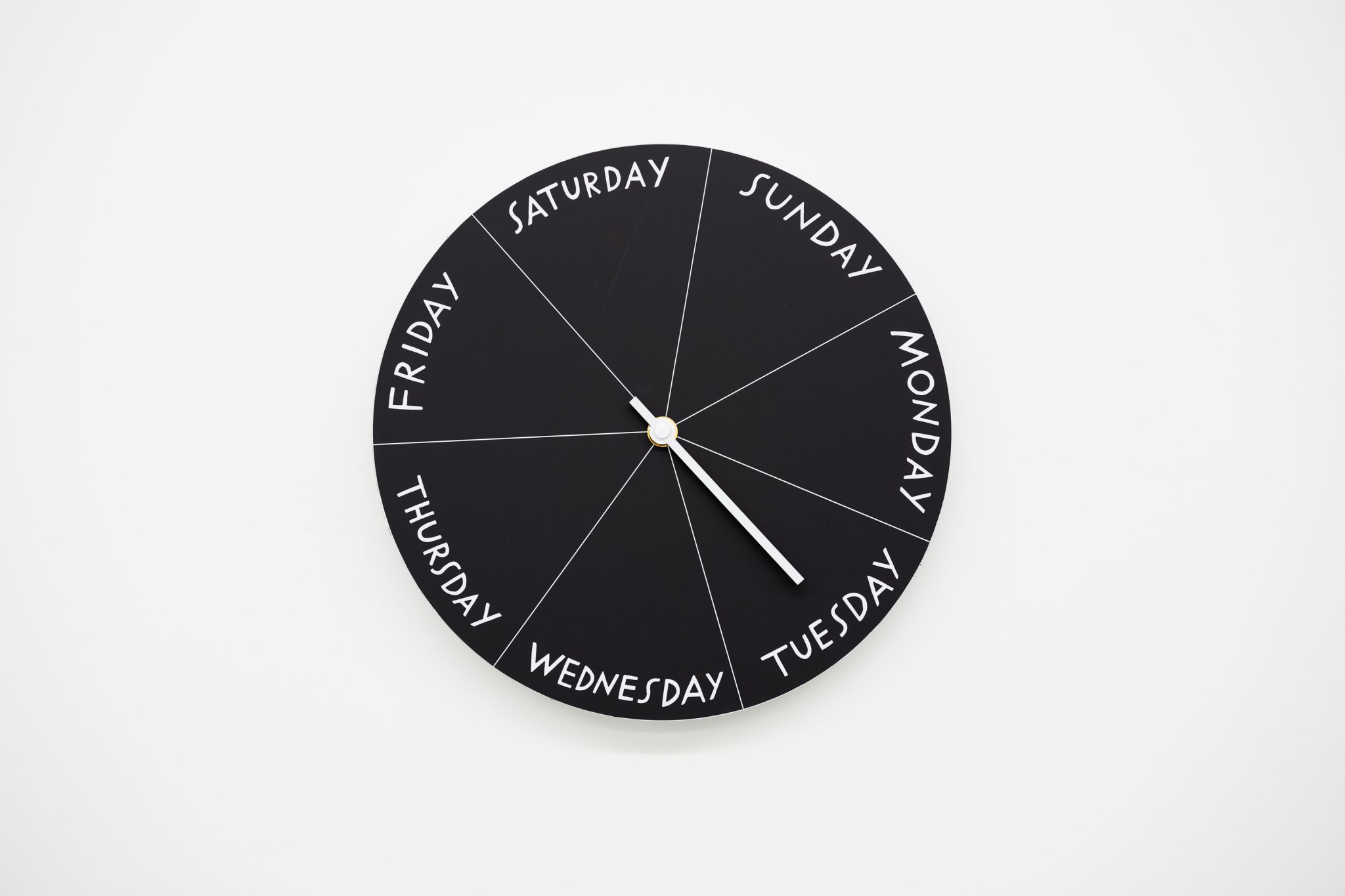
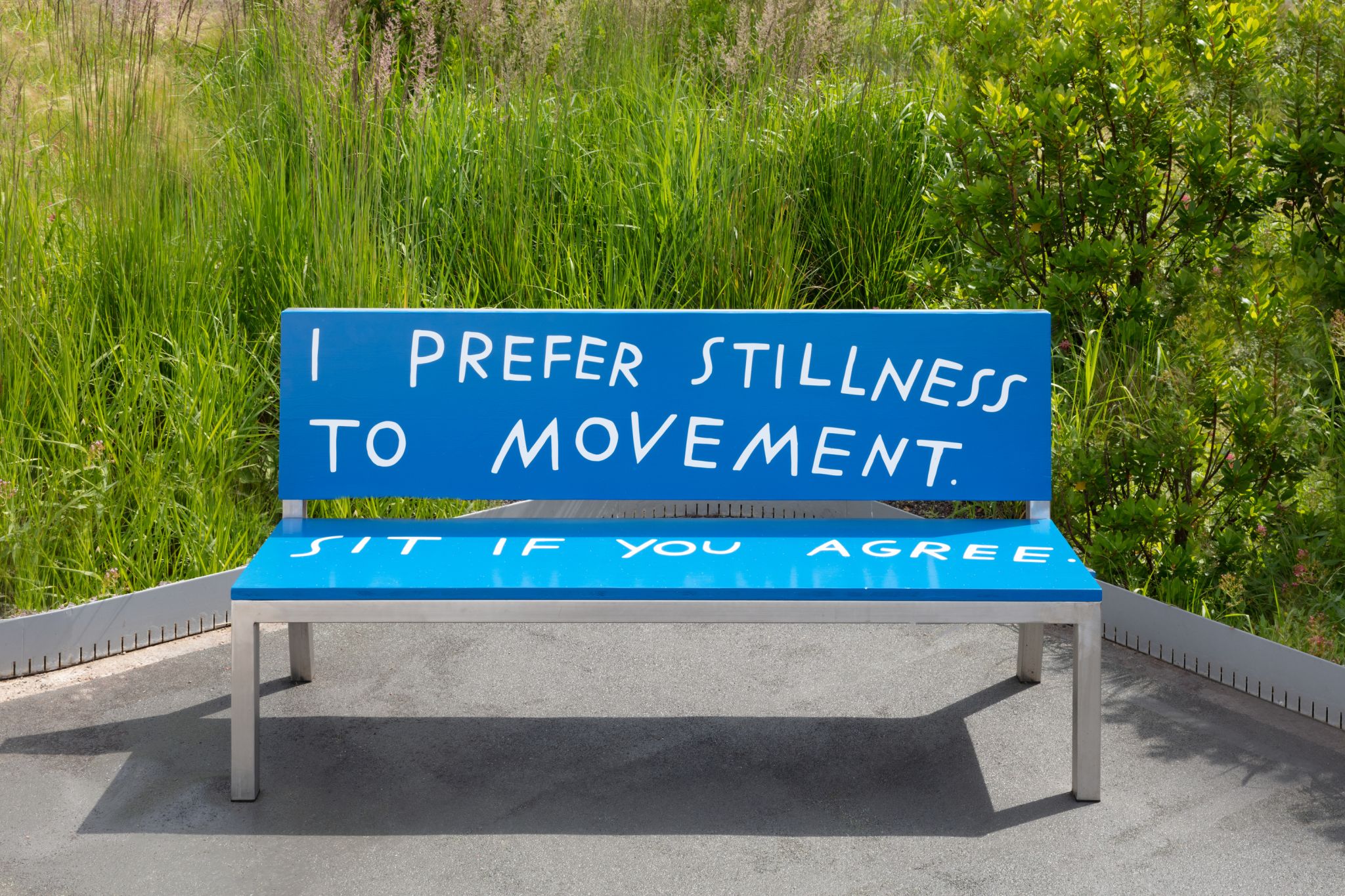
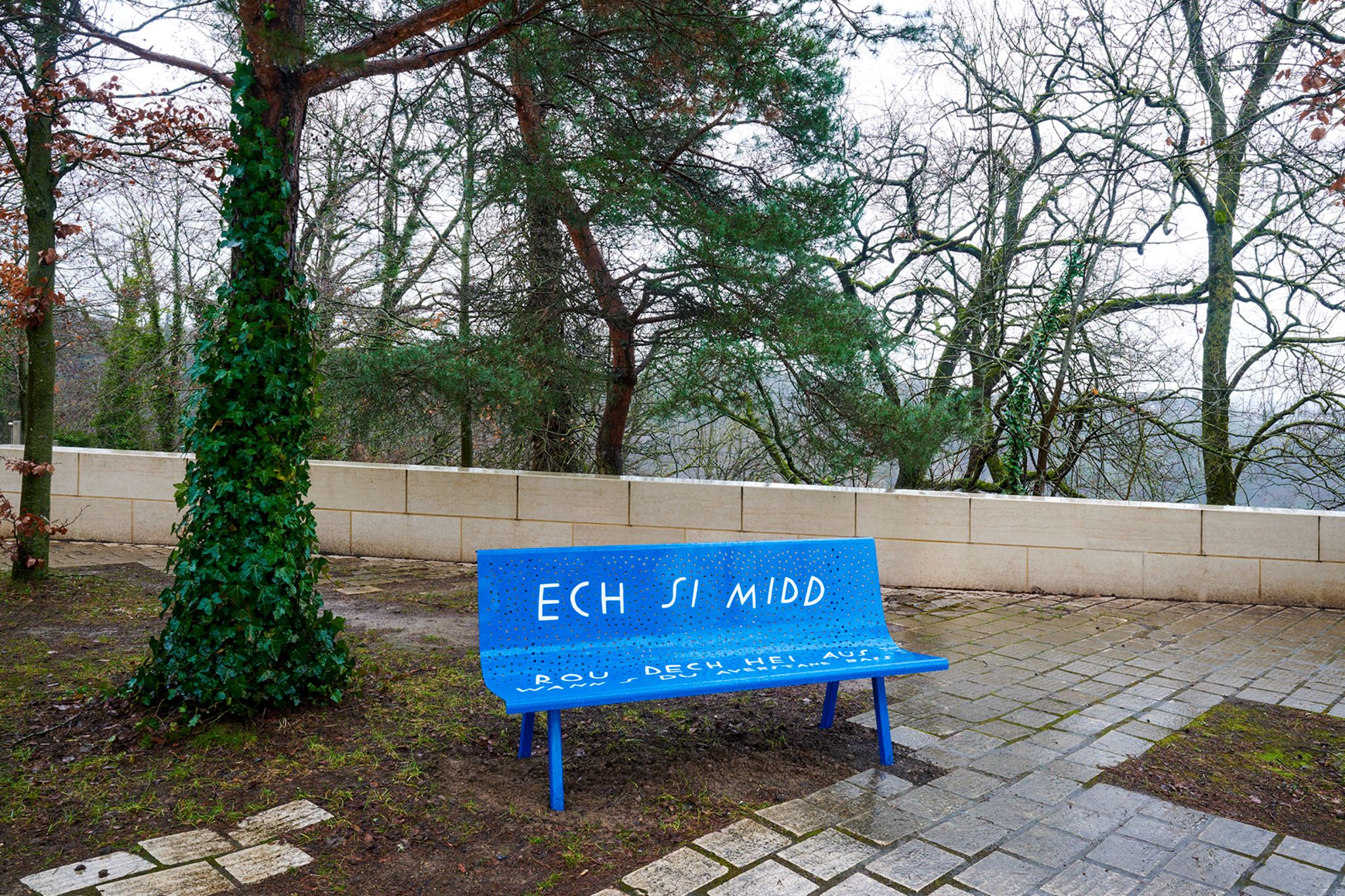
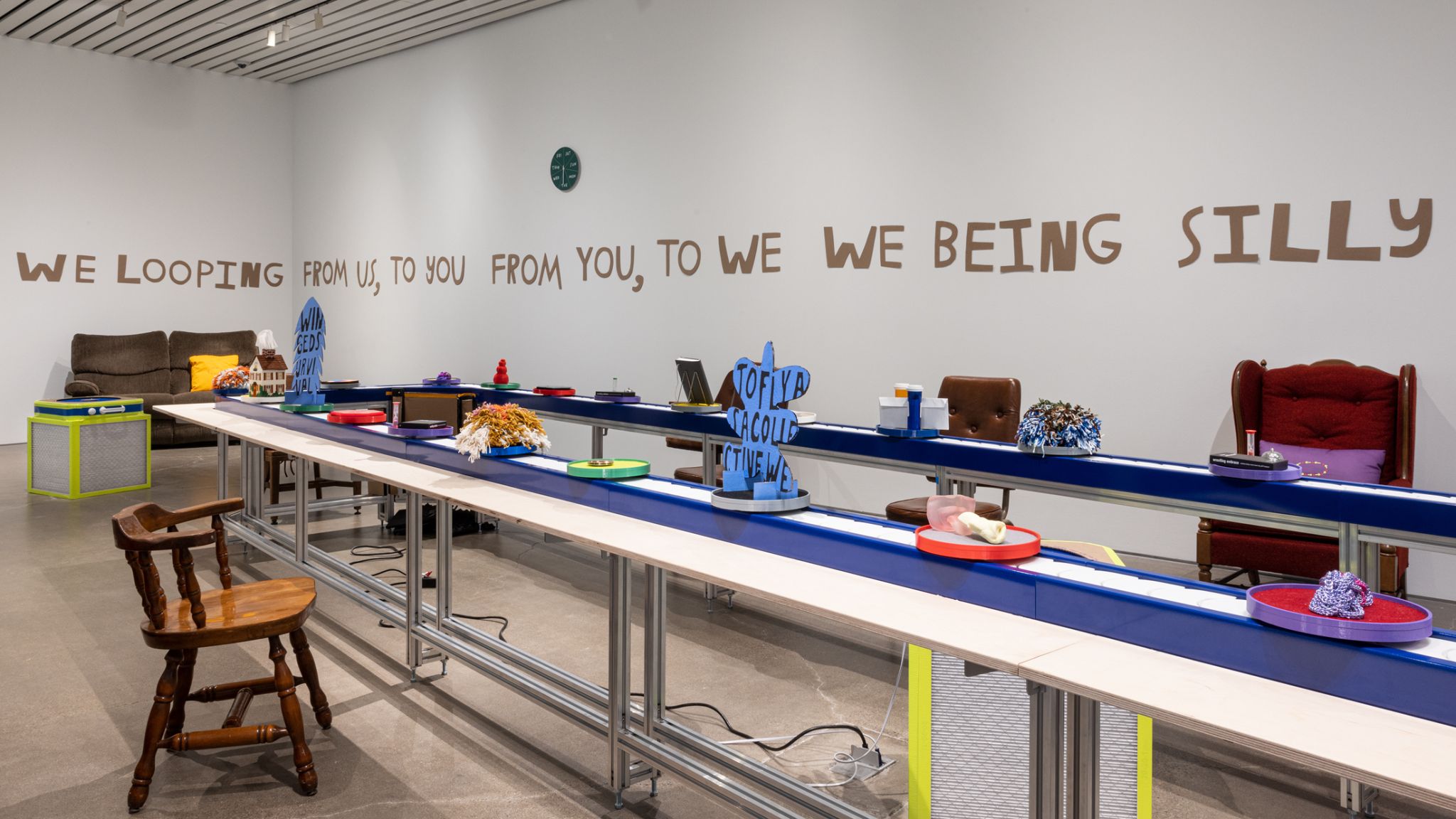
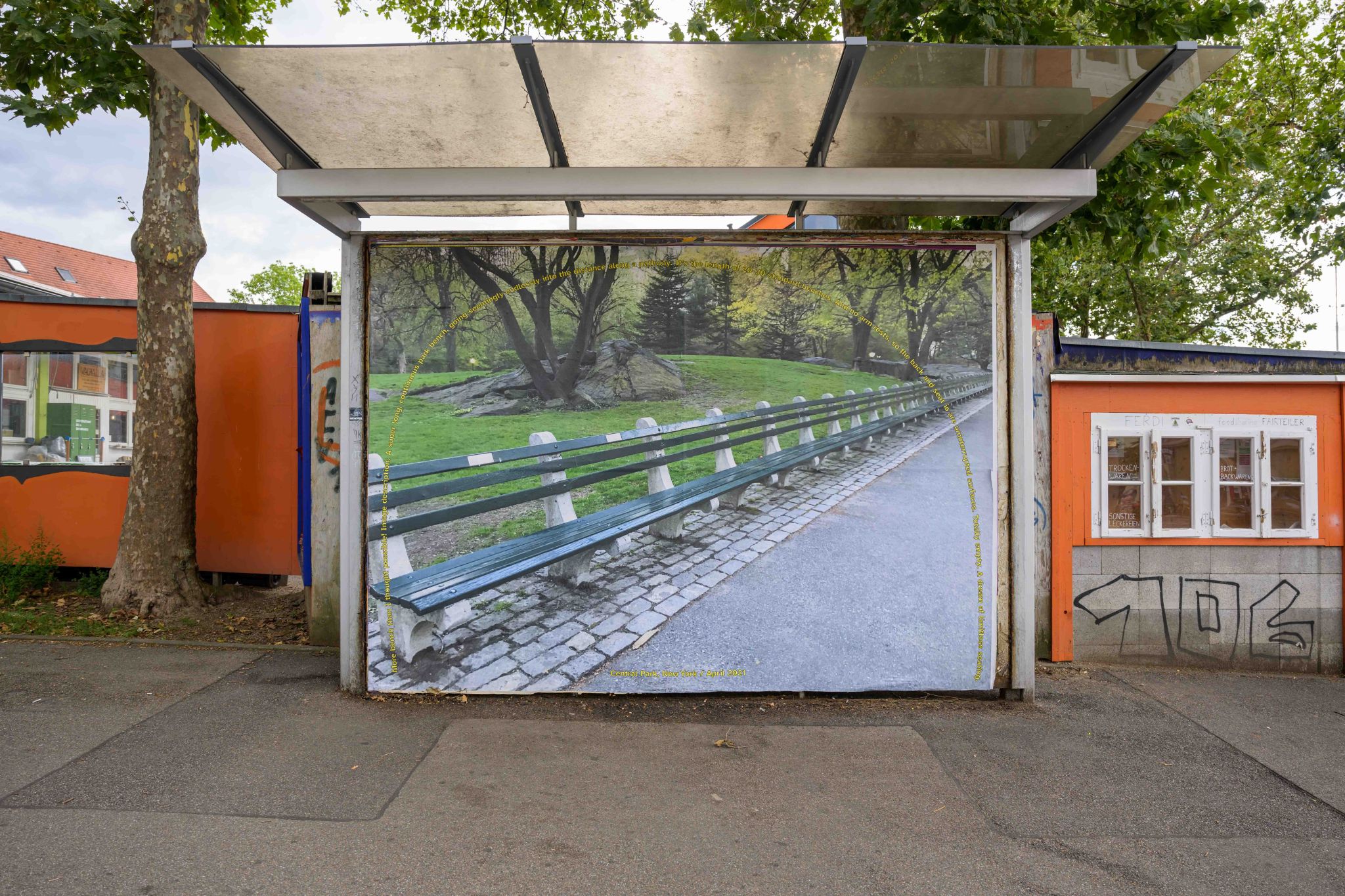
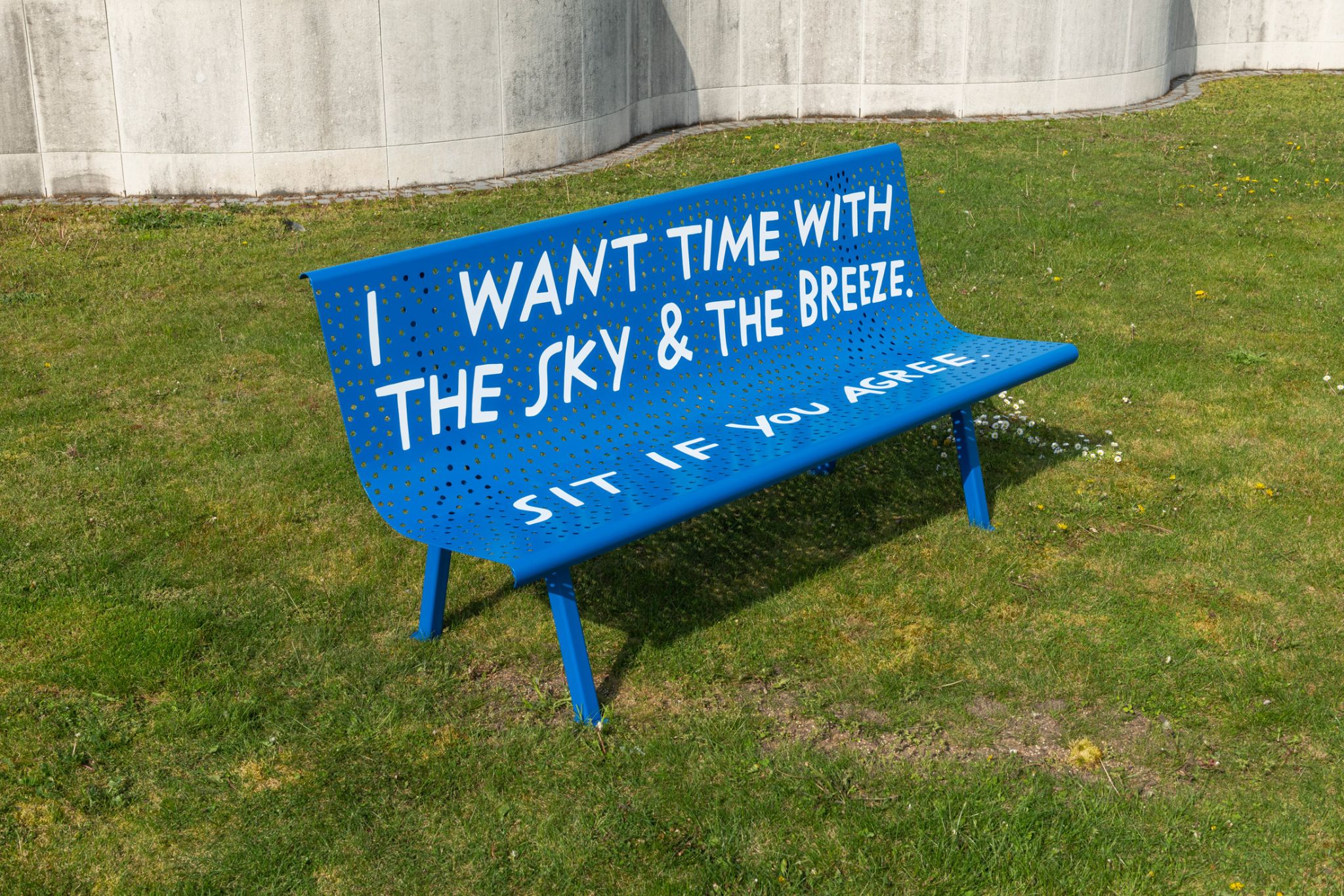
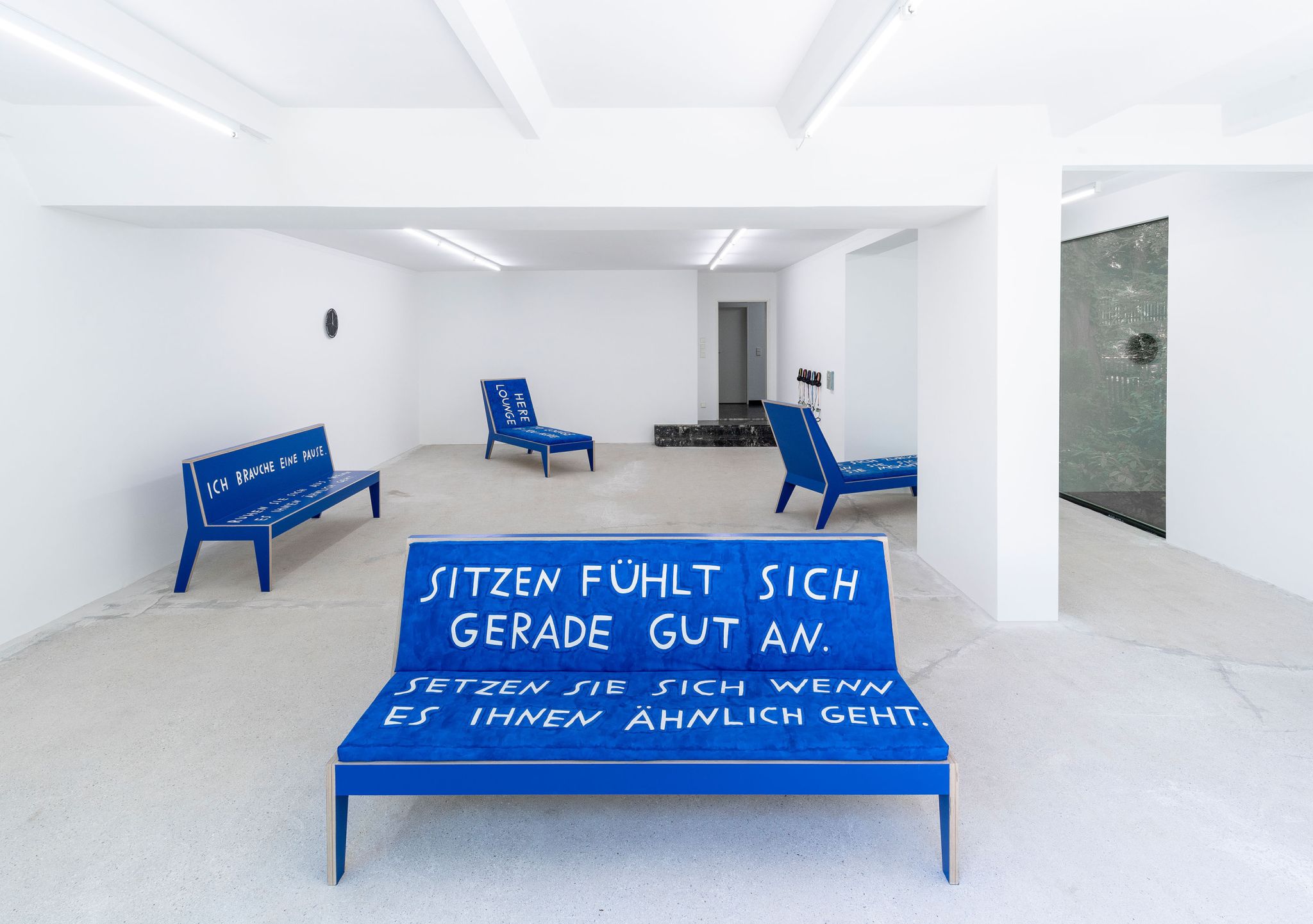
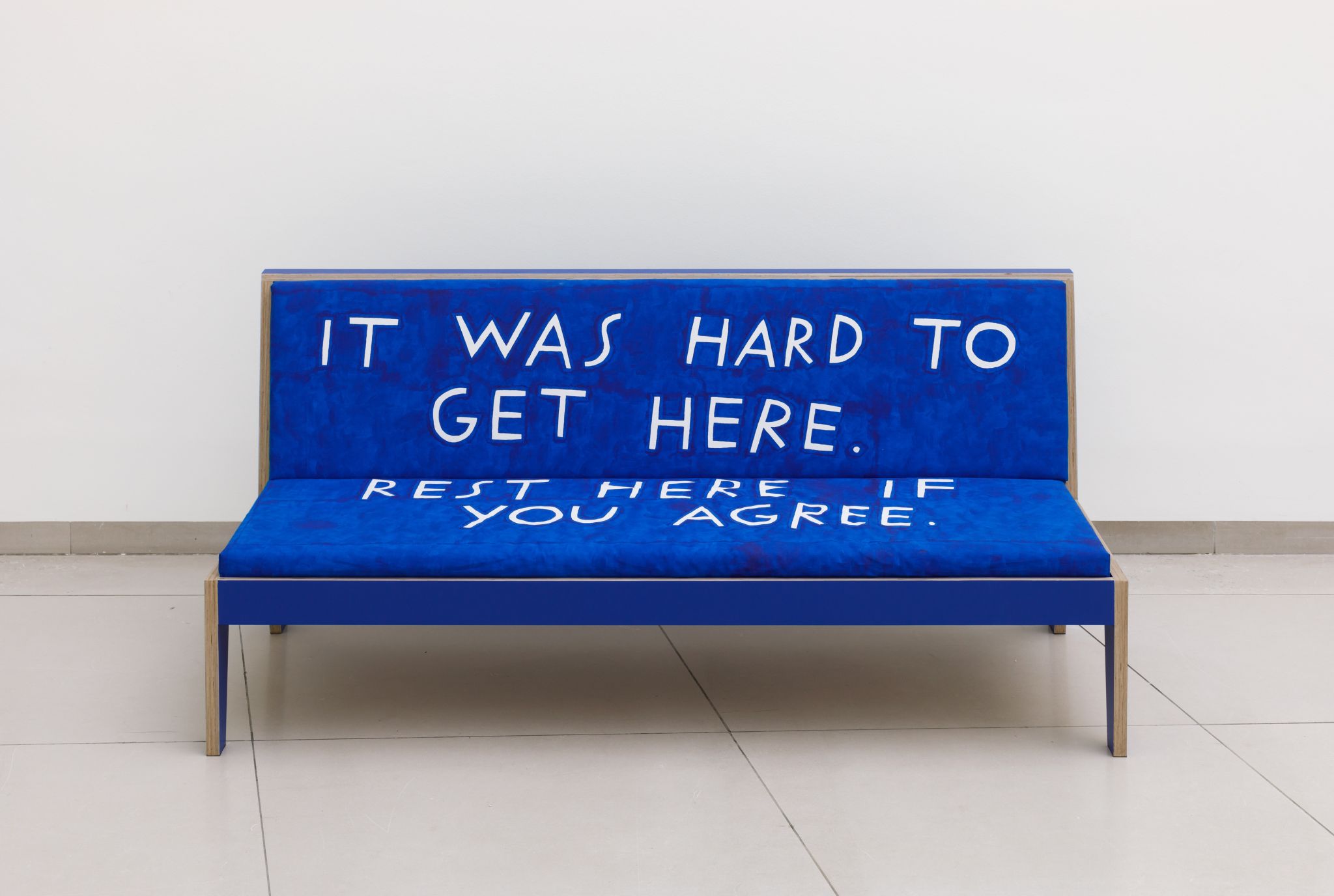
![Finnegan Shannon – Anti-Stairs Club Lounge [Vessel]](https://deborahschamoni.com/media/pages/news/finnegan-shannon-anti-stairs-club-lounge-vessel-new-york-2019/aa5ba8fef4-1698840148/10-fs-anti-stairs-club-lounge-the-vessel-2048x-q80.jpg)